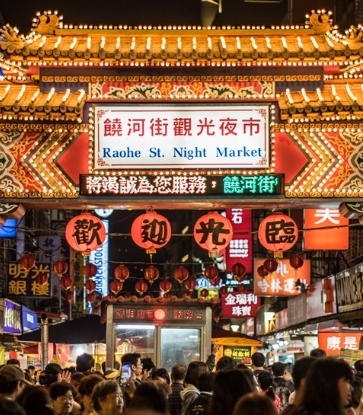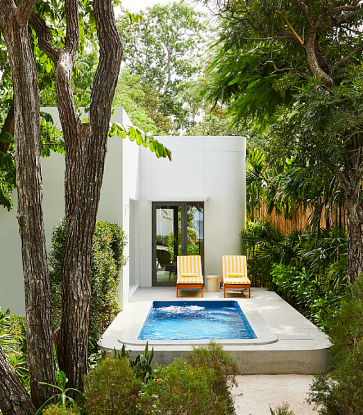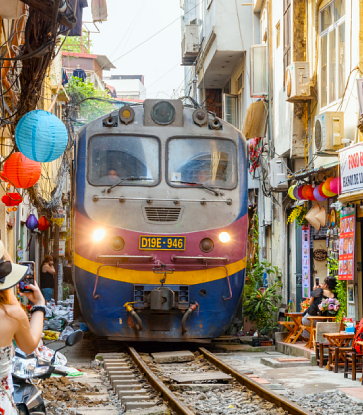Inextricably linked to the region’s history and landscapes, the many institutions, new projects and sound ecological practices carried out by key players in this geographical area that lies between the art city of Brescia and the southern shores of Lake Iseo have improved the quality of its produce and its hospitality in general. At the same time, they have enhanced the wealth of cultural, gastronomic and wine-related sites in Franciacorta.
Ecology & sustainability
Respecting the land is the only way to guarantee a future for new generations of wine-producers and farmers. While some of the region’s wineries began converting to organic growing methods at the beginning of the new millennium, in the last decade the Franciacorta Consortium has promised further initiatives to protect the environment. Some of the most notable examples include one of the first Italian models used to measure carbon footprint; a project to measure downy mildew infections; another project dedicated to sustainable pest management; and regulations to reduce the impact of agrochemicals. Today, more than 66% of vineyards in Franciacorta are organic and some of these have also gone down the biodynamic route.
Innovation & technology
The 50-year-old history of Cà del Bosco – one of the area’s best known and most respected wineries – has combined soil conservation and preservation of traditions alongside a series of technological innovations: “Our company was one of the first to use machinery to wash and dry grapes”, says Maurizio Zanella, founder and chairman of Cà del Bosco. “At the time, many people laughed at us and some even considered the practice to be blasphemous – following the adulteration scandals of the 1970s, water was considered to be the devil by many wine-producers. In fact, our berry spa (as we call it) is a highly beneficial process because it detaches the grapes and purifies them naturally. Our washing technique is similar to that used by the fruit and vegetable sector and although there are only five wineries in the world that use this method today, I believe that within the next 50 years it will become standard procedure for anyone involved in wine production”.
Satèn wine – a Franciacorta invention
Hints of white flowers and ripe fruit, a straw-yellow colour and a very fine perlage are the main characteristics of Satèn Franciacorta, an elegant and versatile wine that, according to chefs and the Consortium, is the perfect accompaniment for seafood antipasti, vegetable risottos, shellfish, white meat and cheese that is not overly ripe. Refreshing and full of flavour, Franciacorta Satèn is a Brut-style sparkling wine produced from up to 50% Chardonnay and Pinot Bianco grapes. According to Stefano Cerveni from the one-Michelin-starred Due Colombe restaurant, this wine is complex and wide-ranging as it can be served with a whole host of slow-cooked dishes featuring either meat or fish.
Sacred architecture
The Franciacorta’s wine tradition owes much to the arrival of monastic orders in the region who, centuries ago, reclaimed the land and introduced the cultivation of vines. Still today, the region is dotted with churches and abbeys immersed in beautiful and secluded countryside, one of the most interesting of which is the Abbazia Benedettina Olivetana dedicated to St Nicholas. Also well worth a visit are La Santissima church and monastery and the Romanesque San Pietro monastery in Lamosa which overlooks the Torbiere del Sebino wetland nature reserve. Other interesting religious monuments in the region include the church of St Gervasio and St Protasio, the Pieve (parish church) di San Bartolomeo, the Madonna della Neve sanctuary and the Vecchia Pieve di Coccaglio dedicated to St John the Baptist.
Sardines from Monte Isola
Protected by the local Slow Food Presidium, the renowned Monte Isola dried sardines offer a good excuse for catching a boat across Lake Iseo to visit the island. The nets used by local fishermen to catch the sardines (or chads, to give them their correct name) are lowered into deep water at sunset, at least 200m from the shore, then hauled back into the boat at dawn. The fish are gutted immediately, washed in running water and then covered in salt for 48 hours, before being dried in the sun and fresh air for 30-40 days. In the past and during the winter, the fish used to be hung on branches of ash or hornbeam which were then bent into arches (known as an “archèc” in local dialect). Although over time the structure of these drying arches has evolved so that large, shaded terraces are now often used, the preparation method remains the same – once the fish have been pressed and lost their fat, they are covered with olive oil. As the Monte Isola sardines age, so they take on a golden tint. The epicentre of production has always been Peschiera Maraglio, and one of the most popular local recipes is to sear the fish for just a few minutes over hot coals and then season them with olive oil, garlic and parsley and serve with polenta.
















